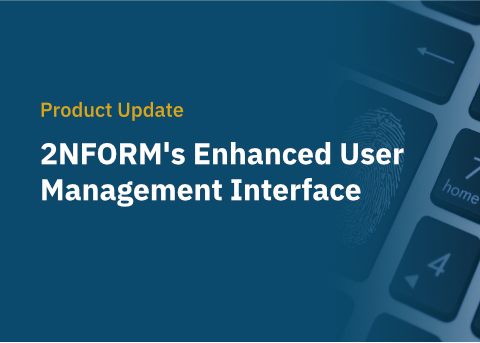It’s getting harder to manage a compliant and resilient MS4 Program. As new regulations emerge, storms intensify, droughts persist, and urban heating impacts our health, adopting new approaches and technologies becomes crucial.
In this webinar (recorded on December 12, 2023), we brought together three stormwater management and GIS technology experts: Adam Carnow (Esri), Francis Kelly (Esri), and Nicole Beck from 2NDNATURE. They shared valuable insights that are especially relevant for stormwater managers and GIS professionals in cities and counties across the US.
Topics We Covered
- What is Stormwater GIS, and how it helps you remain compliant with your NPDES permit
- How to start building your asset registry, make sure it has the vital details, and how to improve it over time.
- Demystify new permit requirements for “asset management practices.”
- How to integrate your efforts with other departments and functions
- Ideas for modernizing your post-construction compliance efforts
As we confront stormwater management challenges in 2024 and beyond, integrating technology, public involvement, and forward-thinking strategies will be pivotal.
Stormwater GIS
Beginning in the 1960s, the use of Geographic Information Systems (GIS) transformed city management by revolutionizing how urban data is collected, analyzed, and utilized for decision-making. These changes have accelerated through the 21st century, and GIS continues to evolve today. Targeted applications provide even more sophisticated solutions for different facets of municipal government, including for urban stormwater.
Stormwater GIS is a specialized application of GIS technology that focuses on managing and analyzing data related to stormwater infrastructure, drainage systems, and water resources. It involves using geographic data, maps, and spatial analysis tools to understand, monitor, and plan for stormwater management.
It is a tool that helps cities collect, organize, and use data related to stormwater to improve decision-making. Stormwater GIS is one of the key ingredients for effective stormwater programs. It can inform stormwater management actions to reduce water pollution, mitigate flooding risks, promote water supply resiliency, and enhance communities.
Would you like help identifying the areas in your MS4 program where GIS will streamline day-to-day operations, elevate reporting accuracy, and contribute to greater resilience in your community? Sign up for your free GIS Assessment.


